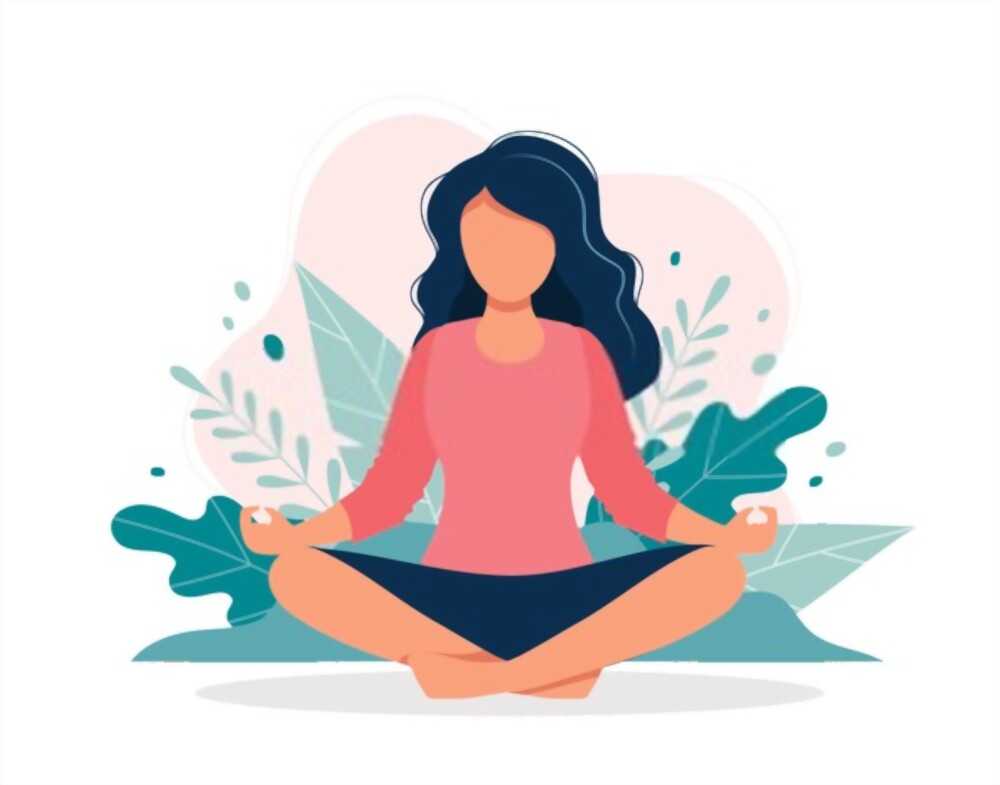What are mindful exercises?
Mindful exercises, also known as mind body exercises, are exercises involving a profound inwardly directed contemplative focus. They are being used rapidly for prevention and management of cardiovascular diseases. They are an alternative to conventional exercise programs. In this article lets learn more about these exercises.
The focus and attention in these exercises is mainly directed towards ones breathing and muscle sense. This is the key feature of performing mindful exercises. Some examples of classic mindful exercises include tai chi and yoga.
For convetional exercises, the body and mind remain disconnected. Thus the mind wanders.
In conventional exercises, cues entirely depend on a trainer, peer or a therapist. Whereas here, all forms of exercises are self monitored. The basis of exercises are self awareness, breathing and perceived effort. The cognition is directed towards simple kinesthesis.
General Uses of mindful exercise-
- managing specific musculoskeletal health concerns
2. reduction of anxiety and stress-related symptoms
3. improved self-awareness
4. peace of mind.
Essential Components of Mindful Exercise
Meditate
Muscle sense
Breathing
Alignment
Energy
In this paragraph lets look at the following component criteria appear to be key prerequisites for mindfulness
- . Meditative
A noncompetitive,and non judgemental present-moment
- Proprioception
mental focus on muscle and movement sense.
- Breathing pattern
- Anatomical alignment- Proper form of exercise
- Energy- Being aware of positive energy
Overview of Mindful Exercise Modalities

Yoga
Yoga literally means “union.” The “union” refers to an integration of mind, body, and spirit. These include physical postures or asanas, which are performed while sitting, standing, or lying prone or supine on the floor.
Examples
Corpse Pose, Cobra, Triangle, Bridge, Plank, Lotus, Warrior, Downward Facing Dog,etc
The principal challenge is handling complexity, resistance and degree of difficulty in the various postures and breathing patterns while maintaining a “homeostasis” of mind and body. This process can establish a template for other healthy lifestyle changes such as regular meditation practice and diet. There should be no time during the asana during which the breath is held).
Yogic Breathing (Pranayama)
Breathing control helps reduce muscle tension, increases relaxation, and calms the body.
This is best performed by diaphragmatic breathing (deep abdominal breathing) quietly through the nose and exhaling through the mouth.
Whenever a yoga movement or pose expands your chest or abdomen, you should inhale. Conversely, when a movement contracts or compresses your chest or abdomen, you need to exhale air.
Qigong Exercise
Qigong exercise is one of the simplest exercises. It is practiced worldwide. This is a system of self-healing exercise and meditation working with breath work, and meditation. It is also known as Chinese Health Exercise. Qigong exercise is nearly perfect for seniors. Balance, relaxation, breathing, and good posture are the basis of these exercises.
Inhalation brings in positive qi and exhalation takes away negative qi from the body.
Tai Chi exercise
Tai Chi is one of the more ancient practice of Qigong ie chinese health exercise of health, meditation, and self defense. Uses include improved balance, reduced incidence of falls, and increased functionality in seniors.
Contemporary Mindful Exercise Forms
Pilates
Pilates is an extremely orderly system of slow, controlled, distinct movements. This can be Mat work or equipment work.
Pilates facilitates efficient movement. It minimizes undesirable muscle activity that can cause early fatigue and lead to injury. Performing Pilates exercise is more about how to move, not how fast, how far, or how much.
Uses of pilates
improve posture
flexibility
increased muscular strength
functionality
an improved balance
injury prevention.
Mindful exercise creates relaxation from within by relaxing the muscles, slowing the breathing.
Conditions in which these exercises prove best-
hypertension, insulin resistance, anxiety disorders, pain, cardiovascular disease, depression
Benefits
Cardio respiratory benefits
Increased pulmonary function
Reduced resting BP
Improved respiratory function
Decreased resting oxygen consumption
Reduced blood lipids
Decreased blood lactate
Musculoskeletal benefits
Increased strength
Increased flexibility
Improved posture
Decreased fracture risk and fall risk in seniors
Psychological benefits
Increased cognitive performance
Improved relaxation
Improved well being
Reduced anxiety and depression
Improved sleep quality
reduced stress hormones
reduction in panic episodes
Other benefits of these exercise-
Increased physical functioning
improved glucose tolerance
Decreaded hba1c
Improved reflex function
Improved pelvic health in women
Decreased OA symptoms
Also read – https://vcurehealthcare.com/womens-health-understanding-the-depth-of-common-women-healthcare-problems/

